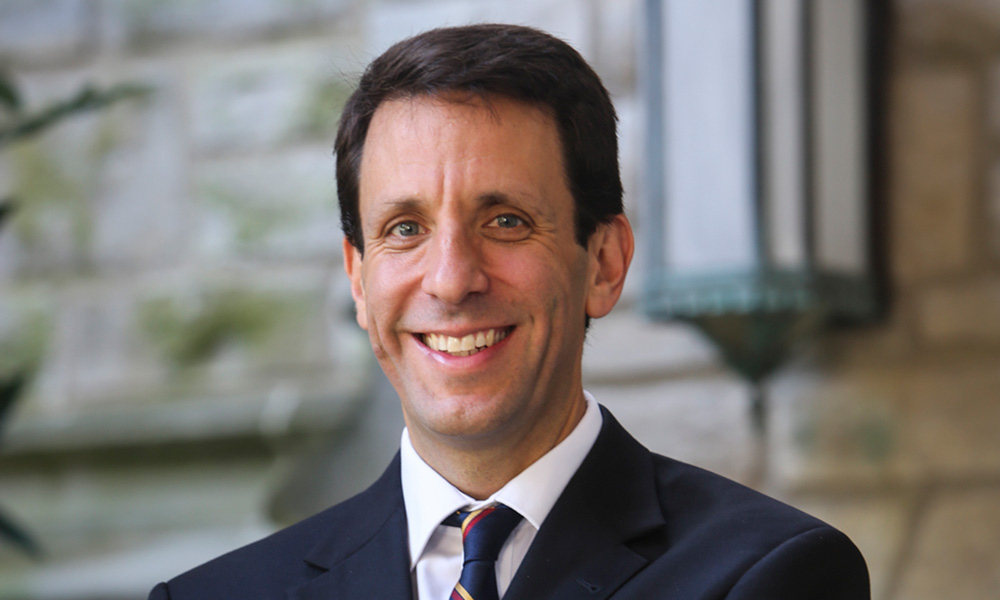Denison University announces a new book by Professor Adam Davis, “The Medieval Economy of Salvation: Charity, Commerce, and the Rise of the Hospital,” which has been published by Cornell University Press. Davis will launch his book at a special event on Monday, February 10 at 7 p.m. at Gramercy Books, 2424 E. Main Street, Bexley, Ohio. Davis is a professor of history and director of the Lisska Center for Scholarly Engagement at Denison. He is also the author of “The Holy Bureaucrat: Eudes Rigaud and Religious Reform in Thirteenth-Century Normandy.”
In his new book, Davis traces the rise of the hospital, a new type of social-welfare institution that emerged across Europe during the 12th and 13th centuries. He shows how the burgeoning commercial economy of western Europe in the twelfth and thirteenth centuries, alongside an emerging culture of Christian charity, led to the establishment of hundreds of hospitals and leper houses. “The Medieval Economy of Salvation” casts new light on the nature of religious charity during Europe’s first great age of commerce.
Focusing on the county of Champagne, he looks at the ways in which charitable organizations and individuals—townspeople, merchants, aristocrats, and ecclesiastics—saw in these new institutions a means of infusing charitable giving and service with new social significance and heightened expectations of spiritual rewards.
Hospitals served as visible symbols of piety and, as a result, were popular objects of benefaction. They also presented lay women and men with new penitential opportunities to personally perform the works of mercy, which many embraced as a way to earn salvation. At the same time, these establishments served a variety of functions beyond caring for the sick and the poor; as benefactors donated lands and money to them, hospitals became increasingly central to local economies, supplying loans, distributing food, and acting as landlords.
In tracing the rise of the medieval hospital during a period of intense urbanization and the transition from a gift economy to a commercial one, Davis says he was surprised to discover just how embedded hospitals were in the wider social, religious, and economic fabric of medieval life. “As it turns out,” he observes, “long before hospitals became co-opted by ‘big business’ in the 20th century, indeed from the time of their medieval origins as Christian charitable institutions, hospitals were inextricably tied to markets and an expanding profit economy while also serving as sites of evangelical devotion.”
